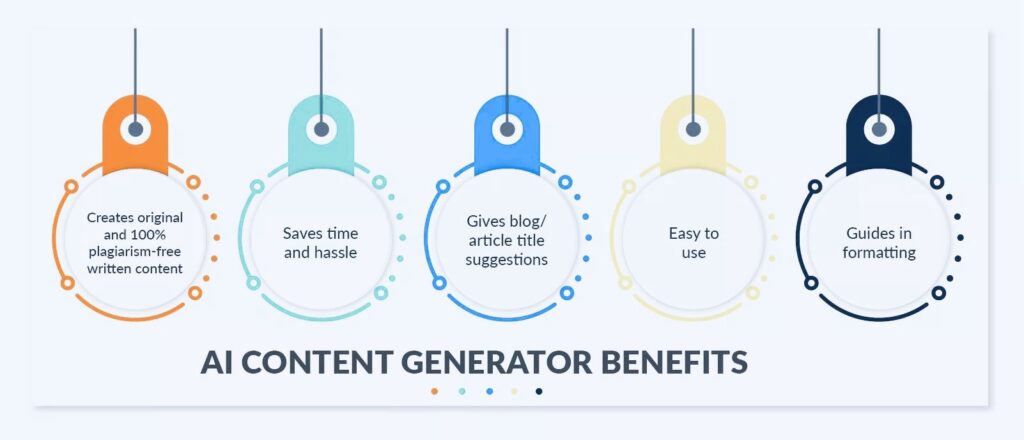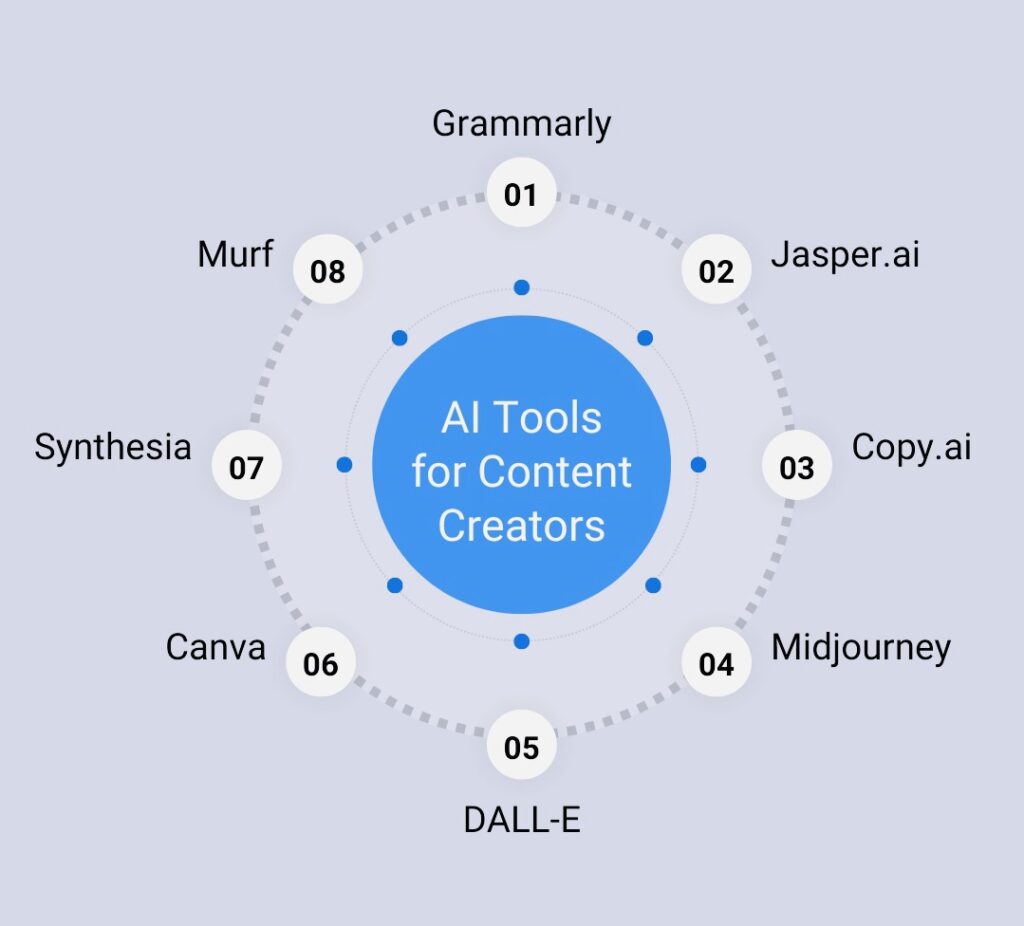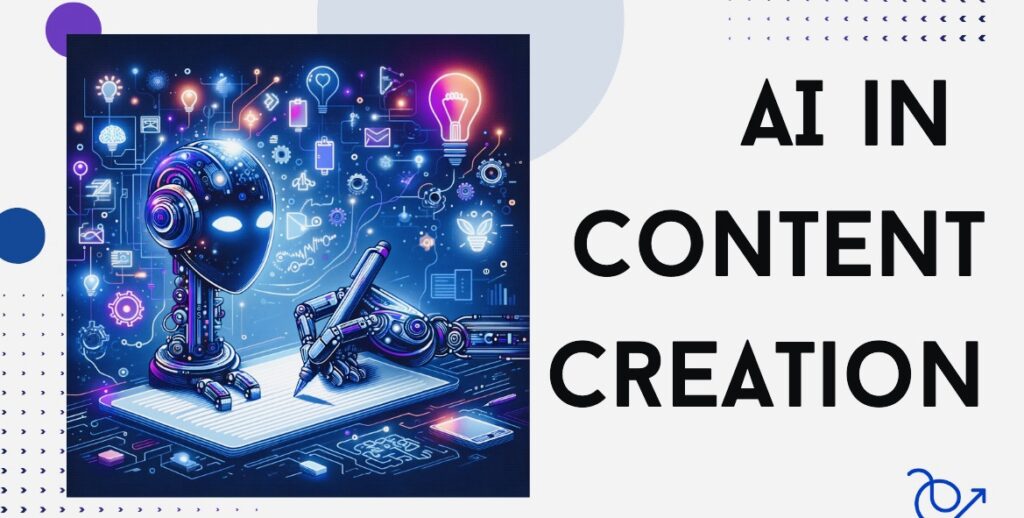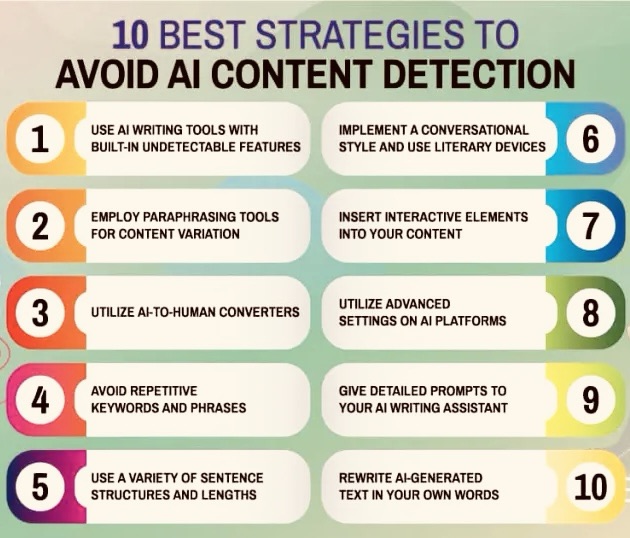Meta Description: Discover how to use AI tools for content creation effectively. This 2,000+ word guide covers best practices, tools, and expert tips to boost your content strategy.

Introduction: The AI Content Revolution
Did you know that 85% of marketers now use AI tools for content creation? Artificial intelligence has transformed how we produce blogs, social media posts, and marketing copy. But with so many options available, how do you use these tools effectively without losing your brand’s human touch?
In this comprehensive guide, we’ll explore:
- The best AI content creation tools available today
- Step-by-step processes for different content types
- Pro tips from content marketing experts
- Common pitfalls to avoid
- How to maintain quality while scaling production

Why Use AI for Content Creation?
Before diving into the how, let’s examine why AI tools have become essential for modern content creators:
- Time savings: AI can draft content 10x faster than humans
- Overcoming writer’s block: Generate ideas when creativity stalls
- Multilingual capabilities: Create content in multiple languages easily
- Data-driven insights: Optimize content based on performance metrics
- Consistency: Maintain brand voice across all channels

Top AI Tools for Content Creation
1. ChatGPT (OpenAI)
The most well-known AI writing assistant, perfect for:
- Blog post outlines
- Social media captions
- Email marketing copy
2. Jasper
A favorite among marketers for:
- Long-form content
- SEO-optimized articles
- Ad copy generation
3. Grammarly
Goes beyond grammar checking to offer:
- Tone adjustments
- Clarity improvements
- Plagiarism detection
Step-by-Step: Creating Content with AI
Step 1: Define Your Content Goals
Before opening any AI tool, ask yourself:
- Who is my target audience?
- What action should readers take?
- What keywords need inclusion?
Step 2: Generate Initial Draft
Use prompts like:
“Write a 500-word beginner’s guide to [topic] using [tone]. Include 3 subheadings about [key points] and conclude with actionable tips.”
Step 3: Human Editing & Refinement
AI content always needs:
- Fact-checking
- Brand voice alignment
- Personal anecdotes/examples
- SEO optimization
Best Practices for AI-Generated Content

- Use AI as a collaborator, not replacement
- Always add unique value beyond the AI output
- Maintain ethical standards – disclose AI use when appropriate
- Combine multiple tools for best results
- Continuously train your tools with brand guidelines
Common Mistakes to Avoid
Expert Insights

“The most successful AI content strategies use technology to handle repetitive tasks while reserving human creativity for big-picture storytelling.” – Sarah Johnson, Content Director at MarketingPro
FAQ Section
1. Is AI-generated content bad for SEO?
Google states they reward quality content regardless of creation method. The key is ensuring your content meets E-E-A-T (Experience, Expertise, Authoritativeness, Trustworthiness) guidelines.
2. How much should I edit AI-generated content?
As a rule of thumb, you should significantly edit 70-80% of AI output. Add personal insights, update statistics, and ensure the tone matches your brand.
3. Can AI tools replace human writers?
Not entirely. While AI excels at drafting and ideation, human creativity, emotional intelligence, and strategic thinking remain irreplaceable for truly outstanding content.
4. What’s the best AI tool for beginners?
ChatGPT offers the most user-friendly interface for those new to AI content creation. Its free version provides ample functionality to learn the basics.
5. How do I maintain originality with AI?
Combine AI outputs with your unique perspective. Use the technology for structure and research, but always add personal experiences, case studies, or proprietary data.
Conclusion: The Future of AI Content Creation
AI tools have democratized content creation, allowing businesses of all sizes to produce quality material efficiently. However, the most successful content strategies will always balance technological efficiency with human authenticity.
By following the best practices outlined in this guide—using AI for drafting and ideation while applying human expertise for refinement and strategy—you can create content that ranks well and resonates with your audience.
Ready to transform your content strategy? Start experimenting with one AI tool today and gradually incorporate more as you become comfortable with the technology.
What AI content creation challenges have you faced? Share your experiences in the comments below!
